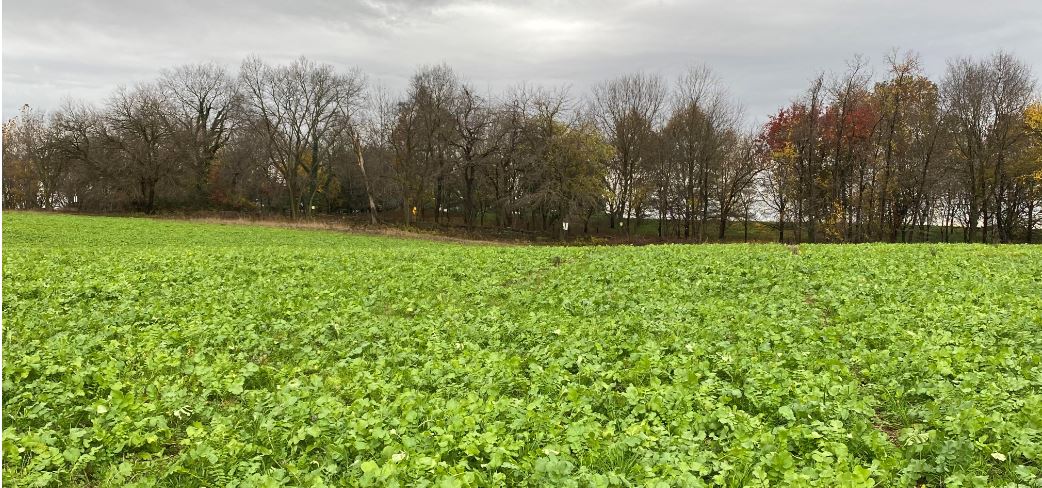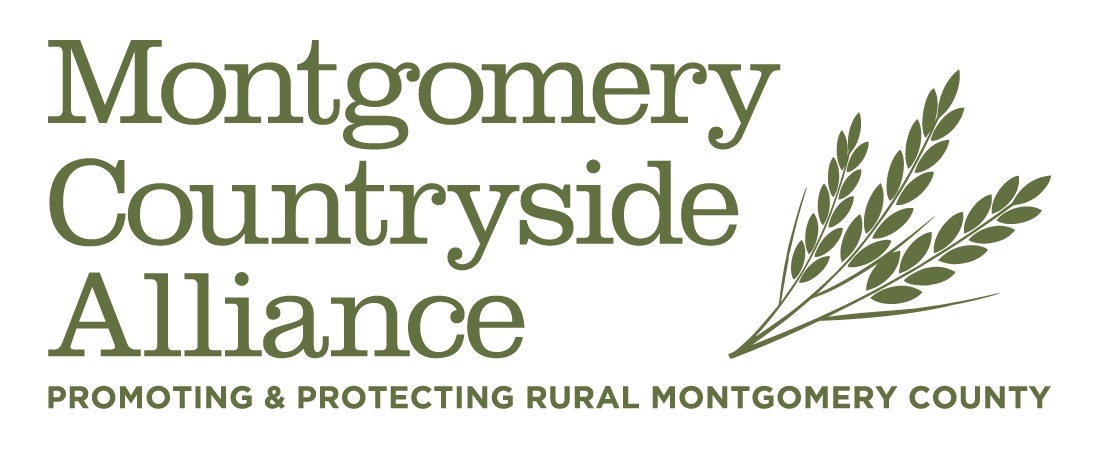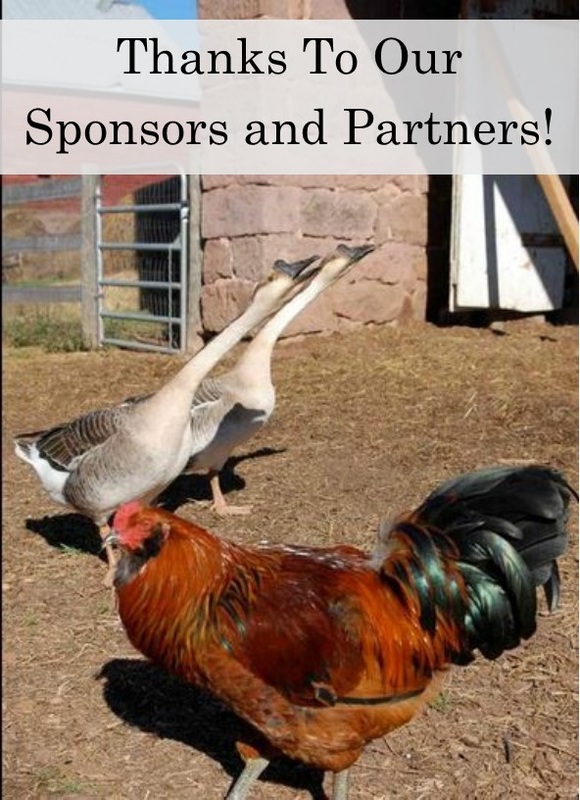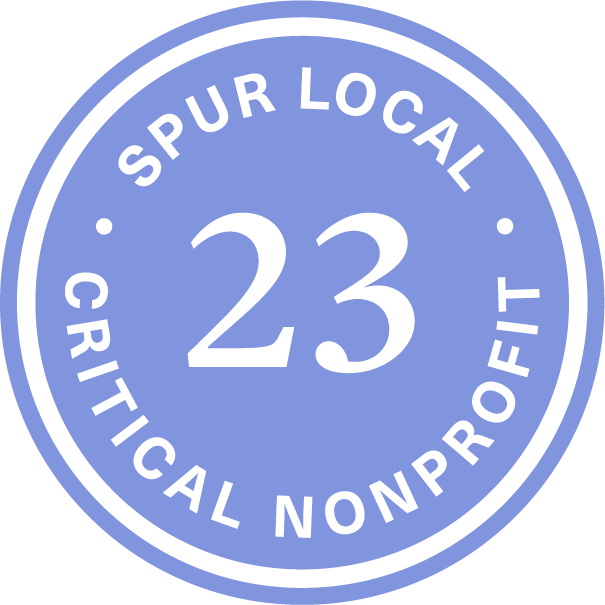It is difficult to explain what this new/old field of agriculture is, unlike certification for organic production that has specific practices that are allowed or not allowed, there is no certifying body and no specific list of practices that make a farm "Regenerative". Among the practices are:
- Planting cover crops of legumes and deep rooted plants to nourish and break up heavy soils and prevent erosion.
-Using livestock to forage the cover crops, leaving their nutrient rich manure behind.
-Avoiding tilling the soil as much as possible to keep the soil structure and community of microbes intact.
This list does not give a full sense of the very real potential for Regenerative Ag to be both a powerful climate solution and kickstart an agrarian and rural revolution.
Enter an excellent new podcast - "How to Save a Planet" and their recent episode where they tackle what Regenerative Farming is and how it can be a powerful carbon sequestration and public health tool. In one hour they explain the benefits of Regenerative Ag, among them concentrating carbon in the soil, improving soil health, water quality and increasing crop yields. They also show two examples of how these practices are revitalizing farms - both a small table crop operation and a large commodity farm in the midwest.
This podcast also does a great job of encapsulating the historical (and modern) struggles of farmers of color. Far more on this topic here.
The podcast suggested this video from a North Dakota farmer Gabe Brown. His TedX talk is a great overview of the how and why of Regenerative Ag based on his own ranch.







